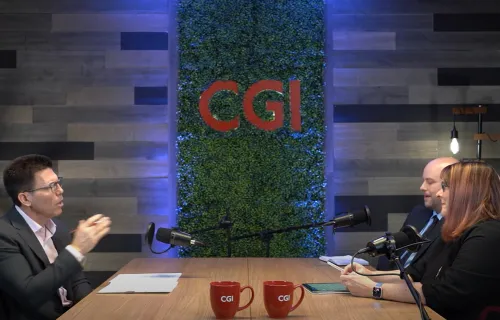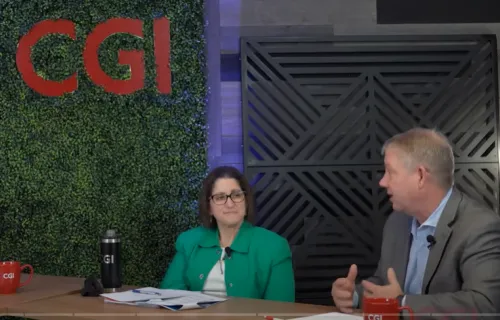In a rapidly evolving economic landscape, the need for a dynamic and responsive tax administration system has never been more pressing. In this three-part blog series, I will delve into the crucial task of reimagining the tax administration framework, exploring its contemporary challenges, and outlining the imperative for innovative approaches and solutions to meet the evolving needs of taxpayers, preparers and government agencies alike.
Like so many others, I am watching with sincere interest as the IRS embarks on its renewed commitment to customer centricity, a journey that reflects its dedication to delivering enhanced financial services. The agency’s roller coaster ride toward this goal has been, in many ways, a response to the challenges that a fluctuating budget inevitably poses, coupled with legislative experiences over the last three decades.
However, the IRS’s establishment, staffing and funding of a dedicated Taxpayer Experience Office, as outlined in its FY2023-2031 Strategic Operation Plan, demonstrates that it is sincere in its promises.
The deep roots of customer-centric tax administration
To understand the roots of this customer-centric evolution, we must harken back to the IRS Restructuring and Reform Act of 1998 (RRA '98). The legislation marked a pivotal moment that realigned the IRS’s mission, reorganized its structure and empowered it to embrace taxpayers and their representatives as customers. This transformative period was visibly spearheaded by the Office of Electronic Tax Administration (ETA), which introduced a strategic plan 25 years ago, focusing on revolutionizing how taxpayers transact and communicate with the IRS.
In those early days, ETA's initiatives mirrored a Marketing 101 approach, defining four Ps: product, place, price and promotion.
- Product: The definition of the IRS's "product" as tax packages prompted a profound realization—taxpayers are its customers. This led the IRS to think about market segmentation, differentiating simpler returns from more complex ones. The core product, identified as compliance, emphasized the emotional benefit of taxpayers feeling the relief of a completed and accurate filing.
- Place: In marketing terms, “place” refers to how the IRS's product was distributed. Recognizing professional tax preparers and tax software publishers as value-added resellers (VARs) marked a significant shift. The introduction of the Authorized eFile Provider Program empowered preparers and created a competitive environment for differentiated services.
- Price: The evolution of electronic filing services caused some taxpayers to question paying fees for having their taxes prepared and filed. However, preparation is more complex than simply filing electronically. Initiatives like the Volunteer Income Tax Assistance (VITA) and a brokered free option for certain lower-income taxpayers showcased a commitment to inclusivity and affordability. In addition, at the time, for very simple returns, the IRS offered IRS TeleFile (touch-tone phone filing). As I write this, the IRS is about to pilot free direct filing for the upcoming 2024 filing season.
- Promotion: RRA 1998 authorized IRS to promote electronic filing. This marked a turning point, allowing the IRS to use mass communications for the first time. TV commercials produced by major advertising firms initiated a multi-year campaign, propelling electronic filing into the mainstream. The first ad featured two astronauts in space on April 15. One realized he had forgotten to file his taxes, prompting the other to point out he can file electronically from space—which he ultimately did. OK, perhaps it was a little cheesy, but this was only the beginning.
Electronic signing and other advances
These early days set the stage for numerous advancements such as the advent of electronic signing, enabling credit card payments, establishing midnight in Guam as the deadline for electronic returns, and the introduction of a balanced scorecard tracking that measures every aspect of the program. Each step reflected the IRS's commitment to customer-centricity, blending private sector best practices into a government agency that touches every household and every organization.
The IRS's journey towards customer-centric tax administration over the last 25 years showcased adaptability and responsiveness, ushering in a new era where taxpayers are not just subjects of compliance but valued customers in the intricate process of financial governance.
Part Two
The pivotal role understanding emotion plays in delivering a world-class customer experience: In part two of this series, Bob Barr explains what makes a customer experience great, and why perfection is the wrong goal.
Get more of Bob Barr’s insights in his previous blog series on the challenging demographics of tax administration.
You can also learn from his experiences through his appearances in the CGI Voices podcast:
IT modernization is overdue: What has to happen?
Building partnerships: How government and industry can collaborate for success.
Back to top




